Reliability.
Powering the North Projects
Snare Forks Hydro Unit Overhauls: Refurbishing for the Future
Upgrades to one of the North’s most critical hydroelectric systems will extend its lifespan and enhance reliability for decades to come.
Project Overview
This ongoing, multi-phase project is the first major overhaul of the Snare Forks hydro facility since this critical infrastructure, which serves Yellowknife, Behchokǫ̀, Detah, and Ndilǫ, was installed in 1976. Following a funding commitment of $24.6 million from the federal government in 2018, work began in 2019. By late 2020, the first generator was refurbished, with upgrades continuing on the second unit.
Why it Matters
Once complete, the Snare Forks overhauls will provide a more reliable electricity supply for Yellowknife and its surrounding communities, offering customers dependable, affordable, and environmentally friendly power for decades. Reducing unplanned shutdowns and increasing the system’s efficiency will also reduce diesel dependency and related greenhouse gas (GHG) emissions.
This project also supports the territory’s climate goals, as outlined in its 2030 Energy Strategy, by ensuring that nearly all of the region’s electricity will remain renewable during years when water levels in the Snare system are normal.
Battery Energy Storage Systems (BESS): Backing Up Renewables
In communities with renewable energy projects, Battery Energy Storage Systems (BESS) are vital to maximizing renewable generation and reducing diesel generation.
Project Overview
In communities such as Inuvik and Colville Lake, which have implemented renewable energy systems, BESS provides energy storage to help ensure reliability, smooth out the power supply, and maximize the use of solar and wind energy.
Why It Matters
The ability to store intermittent renewable energy enhances the impact of wind and solar projects, reducing reliance on diesel and other sources that emit greenhouse gases (GHGs). A BESS can also help reduce outages by carrying the community load for a short period if there is a trip on the system.
The addition of BESS, combined with microgrid controllers, has tremendous potential for supporting further expansion of renewable technologies in remote communities. Microgrid controllers help manage local electricity grids by coordinating components such as renewable energy installations and energy storage to support reliability. They ensure that energy demand matches the available supply, potentially shedding loads during peak periods or when energy generation is low.
Power Pole Inspection and Replacement: Core Asset Investment
Managing the core infrastructure and assets that provide safe and reliable power to the NWT is a major focus for our utility — and a significant undertaking.
Project Overview
Over the past several years, our crews have inspected almost 13,000 distribution poles in communities across the NWT to identify replacement needs in the short, medium, and long term. Over the next three years, we will replace more than 100 poles annually to support reliable distribution systems.
Why It Matters
Maintaining the safety and reliability of NTPC's core generation, transmission, and distribution assets ensures that we can continue to meet our customers’ energy needs.
Diesel Generator Replacement: Fueling Reliability
We are replacing outdated diesel generators with new, more efficient units.
Project Overview
Between 2025 and 2030, NTPC will replace engines and/or gensets in approximately 16 communities.
Why It Matters
Although the cost of diesel is not something that NTPC can control, we can find ways to reduce the amount that we use to generate electricity. New units tend to be more energy efficient and help increase reliability, lower generation costs, and reduce greenhouse gas (GHG) emissions. Experience suggests that energy efficiency can be improved by up to 10 percent.
With federal funding support, we have replaced older, less efficient diesel plants in Lutsel K’e and Sachs Harbour with new, high-efficiency power plants that can integrate renewable energy generation into local grids.
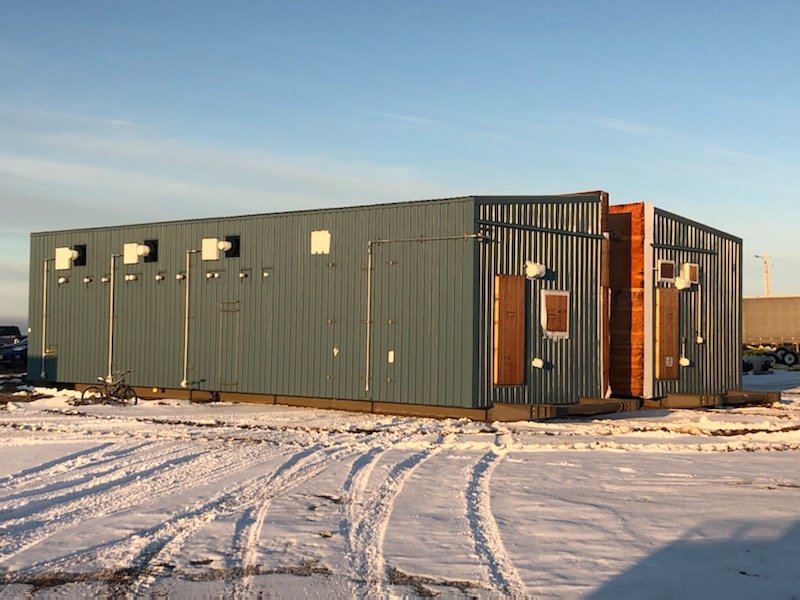
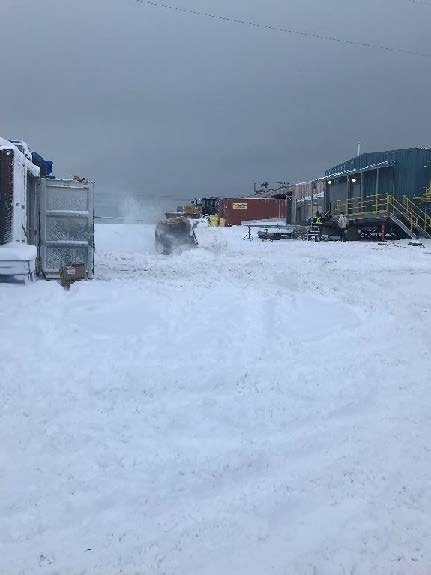
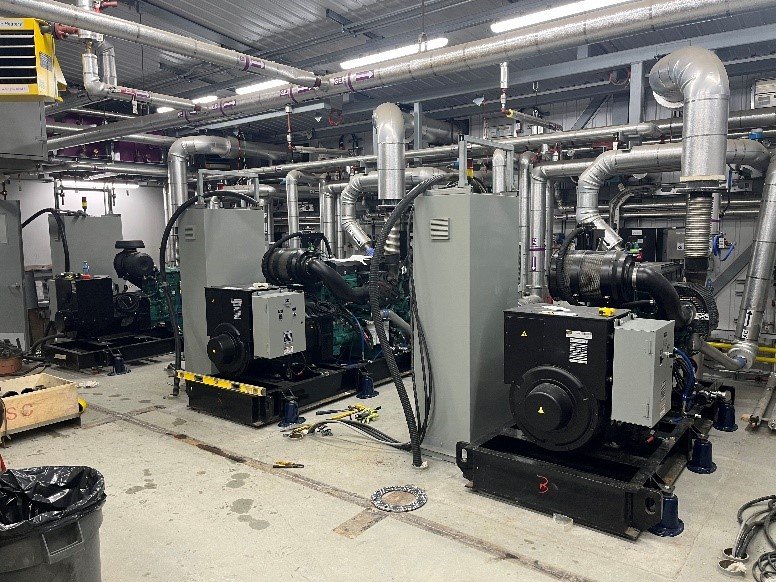
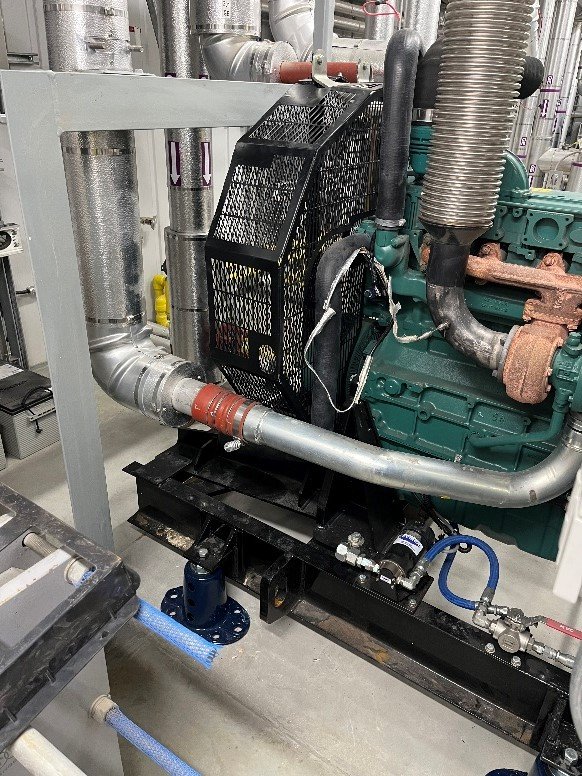
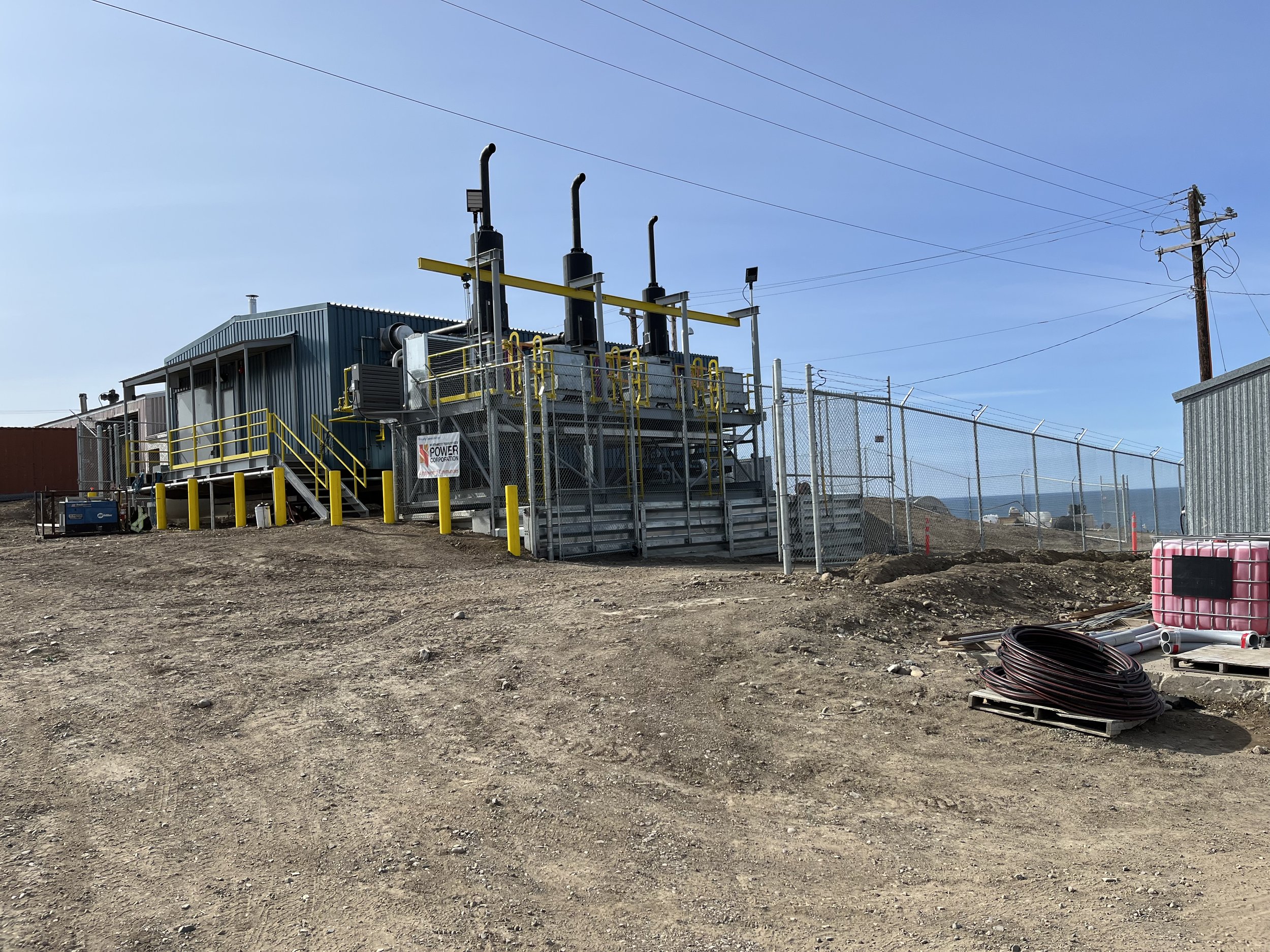
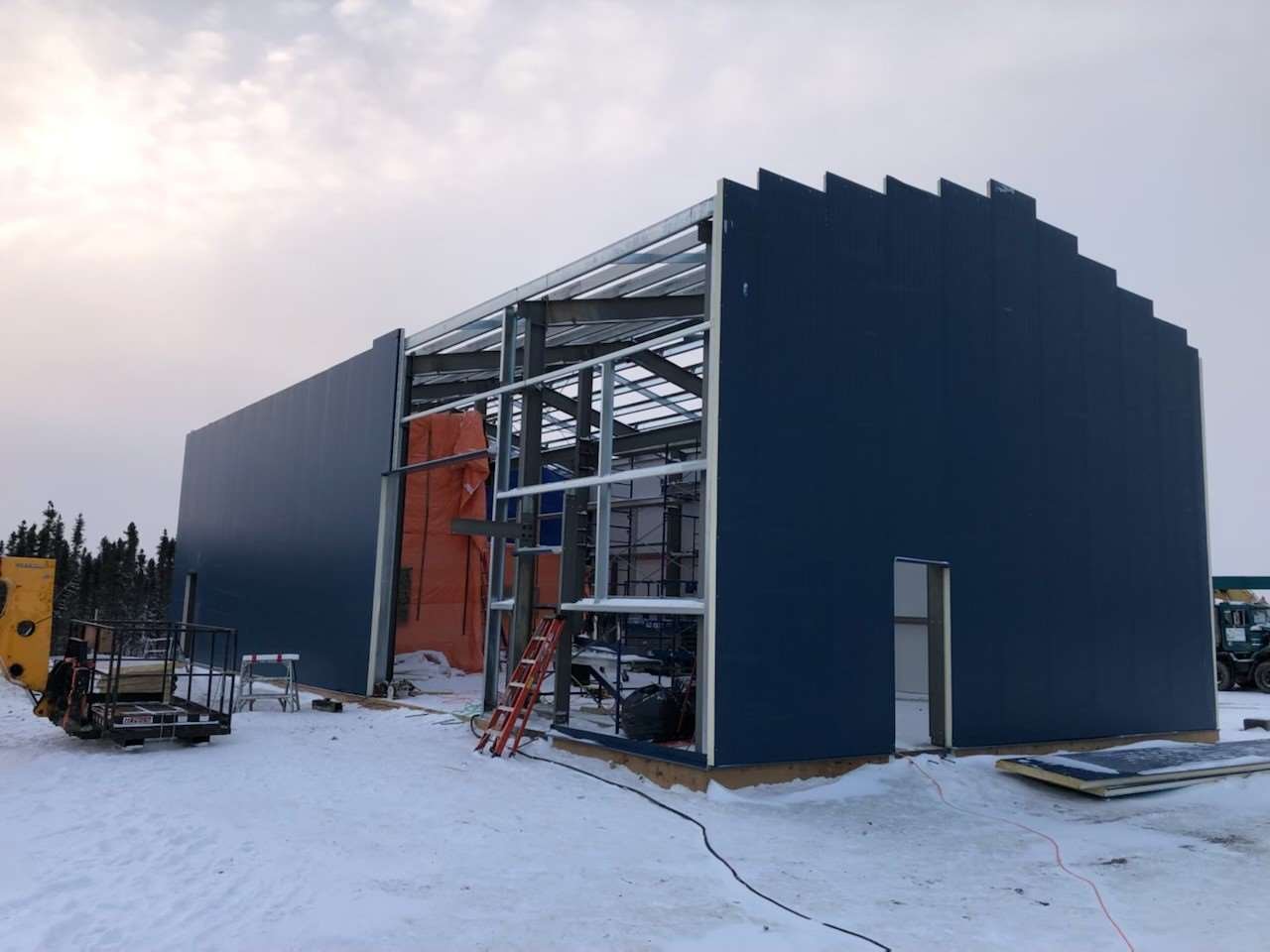
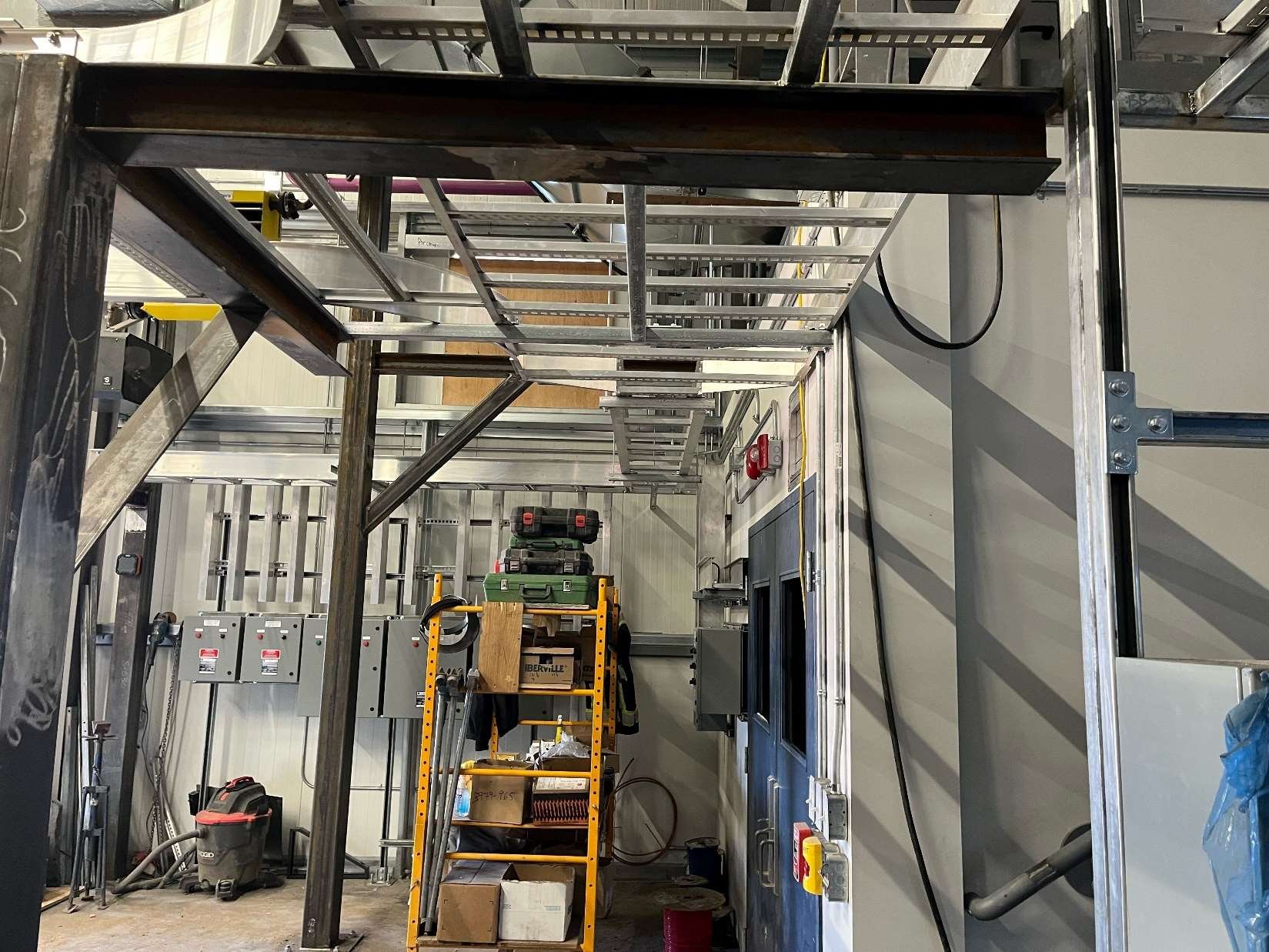
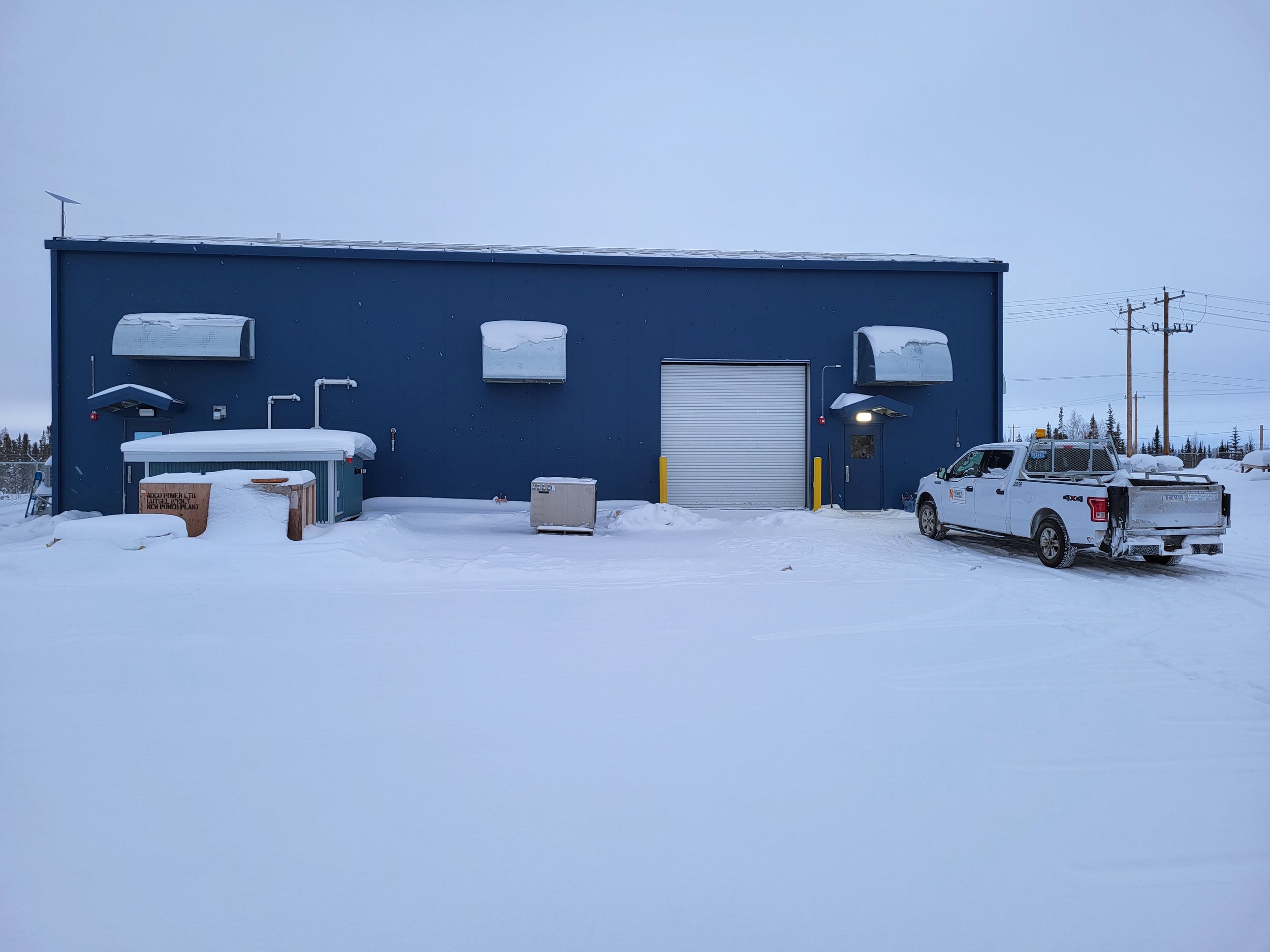
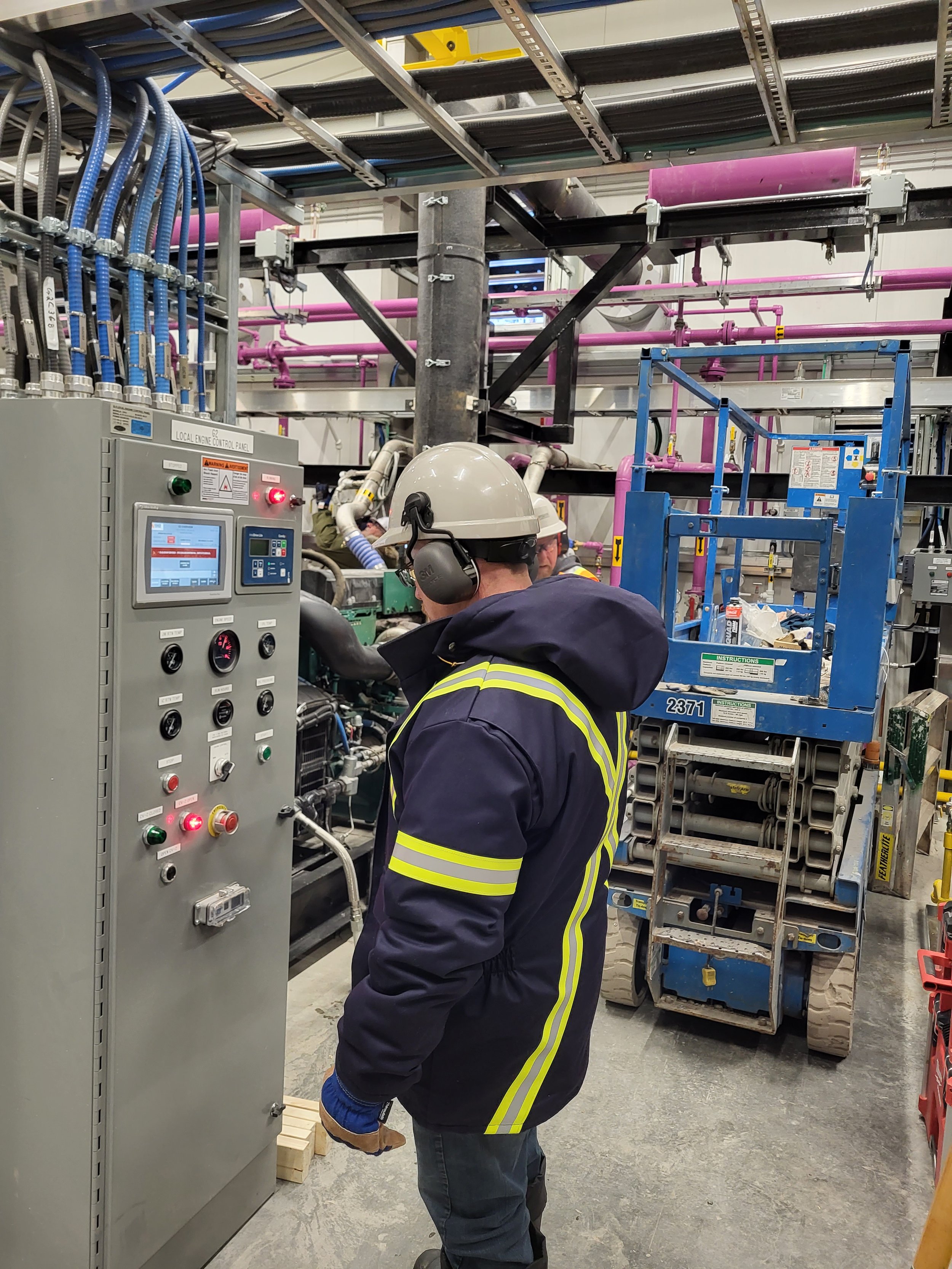
Routine Activities: Ongoing Maintenance
In addition to capital projects and programs, many of the routine, day-to-day activities performed by NTPC employees and contractors support the reliability pillar. These include:


